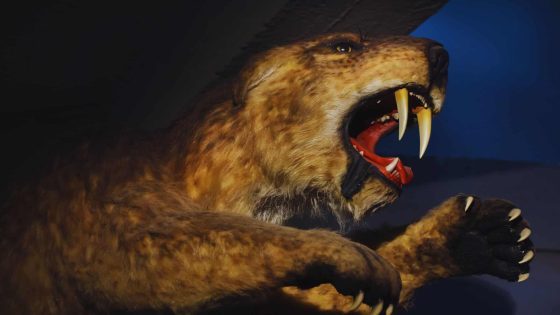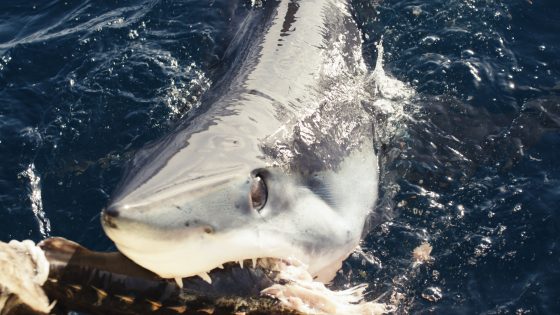A newly discovered species of giant saber-toothed cat is reshaping our understanding of North America’s prehistoric predators. Identified through a meticulous analysis of fossil specimens, this remarkable creature roamed the continent between 5 million and 9 million years ago, weighing up to 900 pounds and preying on animals as large as 2,000 pounds. Researchers announced this significant find on 2025-07-06 21:00:00, highlighting the importance of forearm bone analysis in species identification.
- New giant saber-toothed cat species identified
- Humerus bones crucial for species identification
- Cat weighed up to 900 pounds
- Preyed on large herbivores like rhinoceroses
- Evolution questions raised about saber-toothed cats
- Findings suggest global common ancestry or independent evolution
Traditionally, saber-toothed cats have been classified primarily by their teeth. However, this new discovery emphasizes the role of the humerus, particularly the elbow region, in distinguishing species. The unique structure of this cat’s forearms sets it apart from modern big cats, allowing scientists to confidently categorize it as a new species.
This discovery raises intriguing questions about the evolution of saber-toothed cats globally. Did these large predators evolve independently across continents, or do they share a common ancestor? Understanding their evolutionary history could reshape our knowledge of prehistoric ecosystems.
- The humerus played a crucial role in identifying this new species.
- It likely preyed on large herbivores like rhinoceroses and ground sloths.
- This find suggests North America hosted its own giant saber-toothed species.
- Research indicates a potential pattern of independent evolution across continents.
As researchers continue to explore these ancient predators, we can anticipate more revelations that will deepen our understanding of their evolution and impact on prehistoric ecosystems.
































